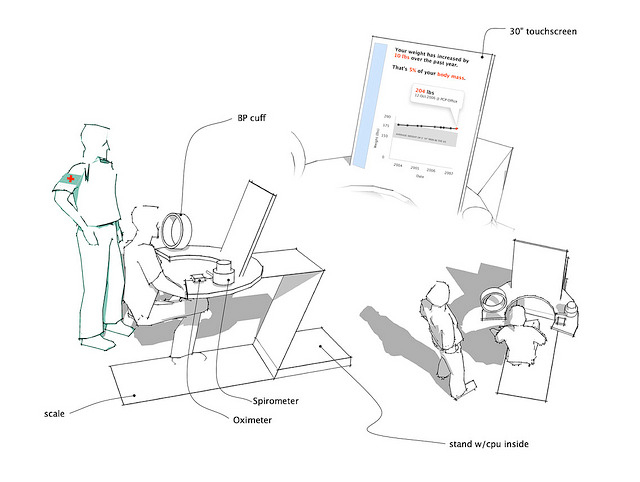This is the second of six articles in our User Experience Maturity series. Read part 1.
The age of user experience formally began with Dr. Donald A. Norman titling himself “user experience architect” at Apple in 1993.
While it was not the first time the words “user experience” were used, Norman's choosing the term for his formal title at one of the most iconic computer companies in the world signaled a shift from a more academic, informal concept into what would become a foundational term. But getting from this symbolic moment to an era in which design is generally seen as an important and separate role from engineering would take some time.
Thanks to the environment blooming around user experience in Silicon Valley, the 1990s saw the development of both nascent and mature design approaches such as information architecture (a term coined by Richard Saul Wurman in 1976) and interaction design (named in the mid-1980s by Bill Moggridge and Bill Verplank). Concurrently, the Usability Professionals’ Association (UPA) was formed in 1991. These emerging specialties, more specific to granular aspects within the broader context of user experience, began to take root as the discipline of design was evolving into the digital context. This was particularly noticeable in the progressive Silicon Valley companies like Adobe Systems, Inc. (which hired Invo co-founder Andrei Herasimchuk as their first designer in 1995, 13 years after they were founded out of the legendary Xerox PARC).
By the end of the decade, many companies in Silicon Valley had incorporated design, in a broad sense, or user experience and its associated fields and skills, in a more specific sense. Almost every company had previously left software design to engineers, but by the turn of the century most Silicon Valley companies recognized user experience as its own discrete practice area outside (even if generally under) engineering. There weren’t yet clear and stable titles, or roles, or processes. It was like the Wild West, but it was happening. A nascent discipline was sorting itself out. User experience was setting its foundation as an essential part of digital product development.
So, how to introduce user experience into your product development model?
A strong user experience approach demands significant investments of time and effort in research, strategy, architecture, design, programming, and testing. This can be daunting, especially if you have limited time or money, which most of us do, most of the time! Often, initial user experience investments are generally localized to design. Product design reflects the most concrete piece of user experience work and will quickly manifest its impact. Although design, in the very narrow sense of form and creation, is the obvious place to begin, taking a broader view of design as user experience can lead to ultimately better outcomes.
The best way to set a user experience foundation is to go broad, not deep. Let’s assume you only have the budget to afford one full-time resource, or an outside agency for a short period of time. Making sure they are competent designers is important, but you want them to be skilled and experienced in research and testing, at a minimum. You need to begin building knowledge, skills, and methodology around the end-to-end user experience process. Look for evidence of user experience research as a discrete and recognized part of their process, along with testing of prototypes and/or finished products.
The key is building organizational discipline around defined user experience processes. Unlike when user experience was finding its foundations in the 1990s, when the discipline was emergent and what and how to do was seen in very different ways, today the general process and components that make up user experience are clearly understood. You can benefit from this collective knowledge in your own development structure right from the get-go. You just need to be open to it.
In my experience the research phase of UX is often the hardest to sell. Often times, when companies are first integrating user experience, it is done “just in time” when the impact of design is needed quickly. This makes research, if not impossible, seen as an annoying delay to getting actual “stuff” produced. While this is understandable from a narrowly pragmatic perspective, skipping the research phase sets a poor process for the future, not to mention possibly compromising the quality of short-term design. The same goes for testing, although organizations that already have digital products deployed likely have some degree of testing already happening. However, the important thing is not starting out with things like research in a “best practice” way, just starting out with them in some way. Get some benefit now. Plant some seeds for excellence later.
The bottom line is this: to build up a strong foundation for user experience in your company, avoid trapping your initial investments with a narrow focus on design. User experience is a process that stretches from the earliest moment of ideation past the point of deployment. Let this principle help you to create a productive relationship with user experience within your organization.
